
The year in review
Looking back on 2025 milestones and ahead to more JD Edwards in 2026!
Read more >
How do you manage JD Edwards data without JD Edwards?
As your JD Edwards system is retired you may start to lose JD Edwards skills and knowledge. Find out how to address this challenge.
Read more >
Data Management for your JD Edwards Data
Is your organization thinking about the subject of data retention for your JD Edwards system? In this article we explore key discussion points around developing a meaningful Data Retention Policy.
Read more >
What is Data Archiving?
Find out how Data Archiving and Data Purging fit into Data Lifecycle Management
Read more >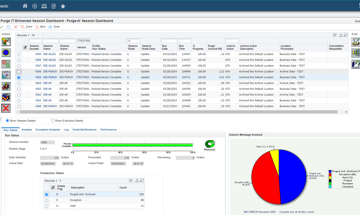
How to delete JD Edwards data that has passed its retention date and not just archive it
If your data archive is growing and you need to take action, check out how functionality in Purge-it Version 5.2 allows the possibility to completely remove old data from the archive
Read more >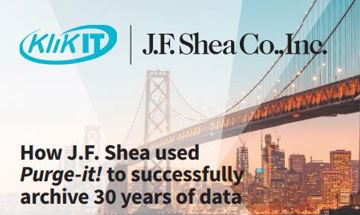
How to measure the success of Data Archiving (Part 3)
In the final part of this 3 part series of blog articles 'measuring the success of data archiving', we look at two more customer examples
Read more >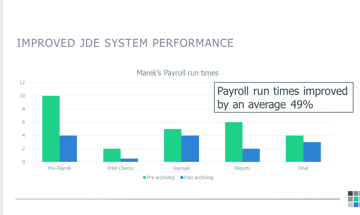
How to measure the success of Data Archiving (Part 2)
In part 2 of 'measuring the success of data archiving', we look at real customer examples
Read more >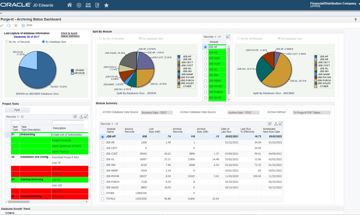
How to measure the success of Data Archiving (Part 1)
Can you measure the impact of data archiving? How do you demonstrate ROI? We address these questions and others in this JD Edwards article
Read more >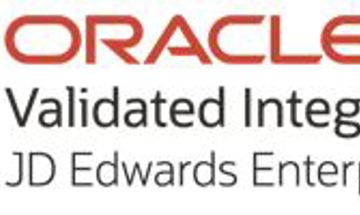
What is Oracle Validated Integration (OVI)?
Find out how Klik IT achieving Oracle Validated Integration with JD Edwards EnterpriseOne Expertise for its integration of Purge-it can help you and your organization
Read more >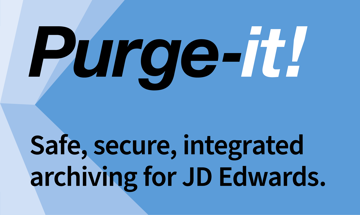
Purge-it Version 5.2 FAQs
Explore some of the most frequently asked questions relating to the latest release of the JD Edwards data archiving solution, Purge-it
Read more >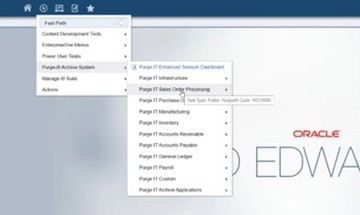
Is Purge-it easy to use for E1 data archiving?
Purge-it customers tell us one of the key drivers for choosing the data archiving solution is its usability. In this blog post we look at the main factors that make Purge-it easy to use.
Read more >
What is Purge-it?
Find out all about Purge-it. How it works, who it's for and what it offers JD Edwards users
Read more >Get a JD Edwards data healthcheck
In this blog post we look at how the JD Edwards data archiving solution Purge-it! gives your JD Edwards system a health check.
Read more >
30 features of Data Archiving with Purge-it
Discover the top 30 features of data archiving with Purge-it that make it a truly easy product to implement.
Read more >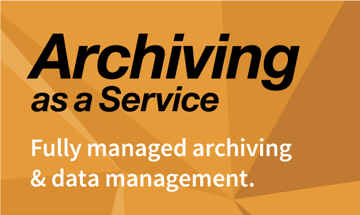
What is JD Edwards Archiving as a Service?
You're no doubt familiar with the as a Service model. Discover the business benefits of opting for Archiving as a Service for your JD Edwards E1 data archiving needs in this blog post.
Read more >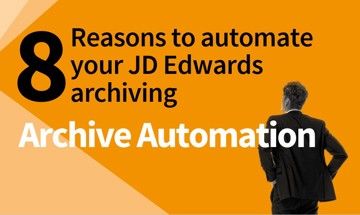
8 reasons to automate your JD Edwards archiving
Checkout this second blog post on archive automation. We zoom in on the 8 top reasons to automate your JD Edwards archiving.
Read more >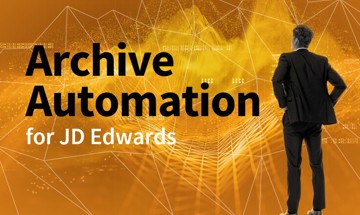
What is archive automation for JD Edwards?
Find out how human intervention in the routine task of archiving JD Edwards data can be greatly reduced. We’re talking about archive automation. It can help achieve remarkable ongoing efficiencies.
Read more >What is meant by an integrated JD Edwards archiving solution?
What's the difference between an external and an internal archiving product when it comes to JD Edwards archiving? Read our short blog post as we summarize the differences.
Read more >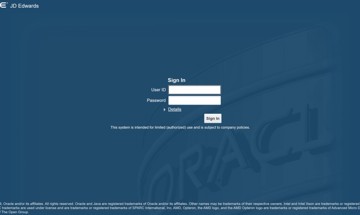
Why is JD Edwards running slow?
Deteriorating system performance negatively impacts many job functions across an organization. Find out why you system is slow. Discover how to speed up your JD Edwards system and enhance the user experience.
Read more >
Find out which version of Purge-it! your organization is running
Make sure your organization is maximizing its use of the archiving solution Purge-it! Find out which software version you have. Discover the latest product enhancements and new Purge-it! features and functionality.
Read more >
How Klik IT started 25 years ago...and what's next?
As Klik IT celebrates 25 years in business in 2023, we took some time out to chat to CEO, Terry Clarke.
Read more >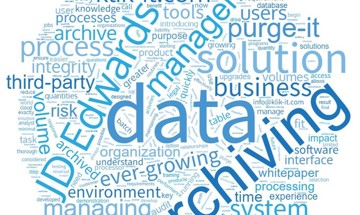
Find a JD Edwards archiving solution that works for your business. Ask these 5 questions.
Is your organization looking for a 3rd party archiving solution?
Checkout 5 key questions to ask when evaluating JD Edwards archiving tools and solutions.
Read more >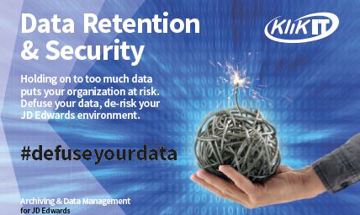
Data Retention & Security
Data Retention and Security is a hot topic and a vast subject.
In this Blog post we look at Data Retention and Security from the perspective of organizations running JD Edwards. We cover the key considerations as we see them and provide links to industry articles and information for a broader view of the subject.
Read more >Data Management for your JD Edwards Data

Does your organization have a Data Retention Policy
for your JD Edwards ERP?
Introduction
In this article we look at the subject of Data Retention, in particular we explore key considerations and questions to ask when developing a Data Retention Policy.
There are some references to the Purge-it data archiving and data purging solution in relation to Data Retention.
What is a Data Retention Policy?
Let's get started with a definition.
- A structured and effective Data Retention Policy (DRP) will define what legally needs to be kept by an organization.
- The DRP will clarify the who, what, where, when, why and how of archiving and purging.
- The DRP should provide a structured management framework for Information Life-Cycle Management (ILM) *
* NB this links to TechTarget.com an external site.
4 main purposes of a Data Retention Policy
- Assures maintenance of the records and information that an organization must keep to meet operational or regulatory requirements
- Ensures timely and efficient disposal of records and information that are not needed or should not be maintained
- Minimizes the amount of data to be maintained by the IT department
- Optimizes the processing speed of the source system for the business users.
Why your organization needs a Data Retention Policy
The first reason is to ensure that the business complies with all necessary statutory obligations, regarding the retention and disposal of data.
Some common obligations with storing and maintaining data include:
- Accountability
- Identifying purpose
- Consent
- Limiting collection
- Limiting use, disclosure and retention
- Accuracy
- Safeguards
- Openness
- Individual access
- Compliance
Some local and national governments (and other organizations) have specific clauses in their contractual agreements, detailing what documents and data should be stored, and how long for. This gives a clear instruction that if you are dealing with these organizations, a definite amount of data should be available, if requested. That data does not have to be in a live environment, or even an on-line environment, but it should be reasonably accessible.
The second reason is to ensure that any records stored within the JD Edwards system are disposed of in a timely manner. If the records are not needed for operational or legal purposes, then they should be disposed of, to reduce risk and exposure liability.
The third and fourth reasons are to reduce the amount of data managed by the IT department, and to increase the performance of the JD Edwards database / application.
The final reason for the Data Retention Policy, is the existence of the policy itself, to provide the structure and controls that surround the process.
12 questions to ask when developing a Data Retention Policy
- Who should be involved in the archiving and purging of the JD Edwards ERP system?
- What is the purpose of the DRP, both from an operational and legal perspective?
- How does the DRP tie into the broader framework of data retention within the organization?
- What are the implications of inaction?
- Which JD Edwards modules and tables are to be archived?
- How much data will be held in the live environment and in the archive?
- When should the JD Edwards data be purged (completely removed)?
- Who in the organization should be involved in these decisions and processes? Eg. Data Owners, Storage Managers?
- Where will the archived data be located? Consider the database details and JD Edwards ie. the archive environments
- How often will the archive and purge routines be run? Consider defining the automation of this process.
Archive automation can save time and resource by removing the need for manual intervention in the data archiving process. - How will you address auditing as part of your data archiving and data purging process? Auditing is a crucial consideration for compliance purposes.
The Purge-it data archiving solution provides a full audit trail of archived data and exceptions. - How often will you review the Data Retention Policy so that changes can be made as needed?
![]()
How much data should you keep?
3 key considerations:
- The amount of data to keep in your live JD Edwards system
- The amount of data to keep in your archive JD Edwards system
- How old that data has to be before it is destroyed (purged) from your JD Edwards system
These 3 points need to be discussed and agreed with the Business Data Owners and with the IT department.
It’s worth noting that there’s no requirement for an organization keep all of its records and information indefinitely. Instead, once an organisation no longer needs a record to meet either operational or legal requirements, then the organization is free to dispose of that record or piece of information.
Why invest time in developing a Data Retention Policy for your organization?
This may not be considered the highest priority project in your organization or the most dynamic task. However, when you stop to consider the potential risk and damage to your organization and its brand of a data breach, it soon becomes clear why you should develop an effective policy for the retention and disposal of your JD Edwards data.

News Snapshot...
What's covered in this article:
- What is a Data Retention Policy (DRP)?
- 4 main purposes of a DRP
- Does your organization need a DRP?
- 12 questions to ask when developing a DRP
- How much data should you keep?
- Why take the time to develop a DRP?
